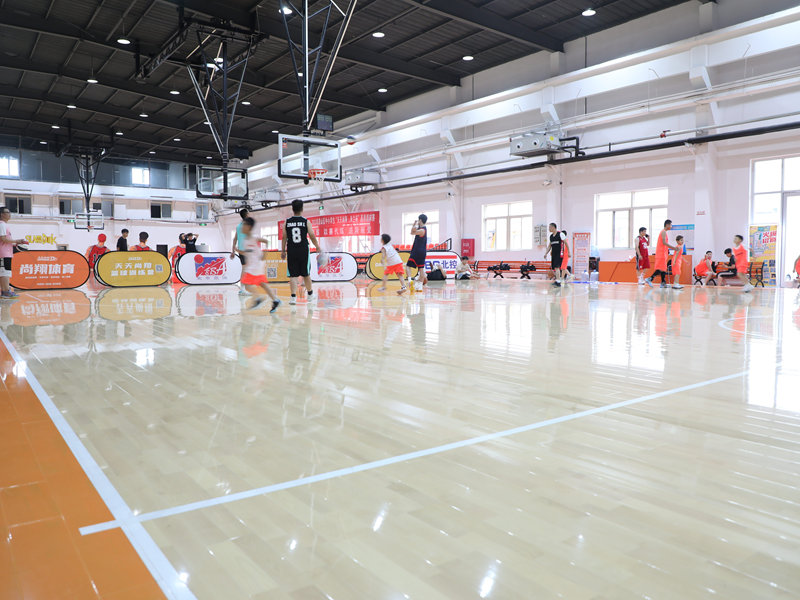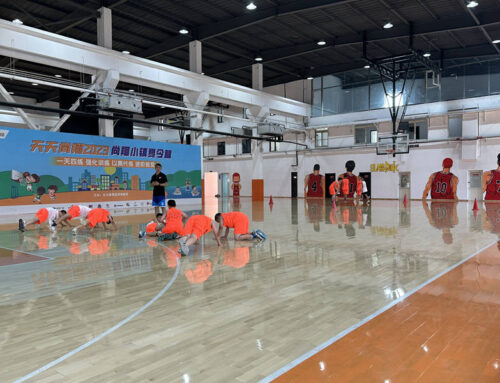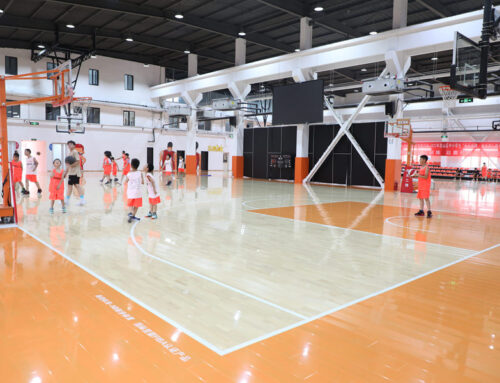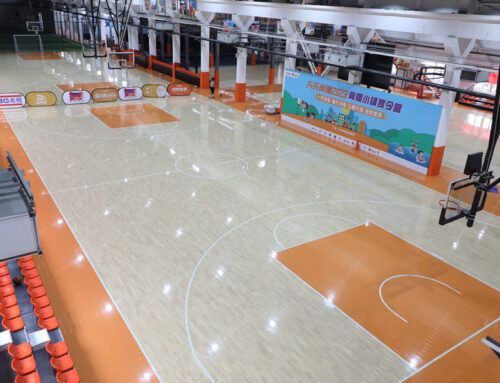Alright, let’s talk about this LVL volleyball parquet flooring project. Man, it was a bigger job than I initially thought, but totally worth it in the end. It all started when I decided our old gym floor was, well, let’s just say it had seen better days. Lots of dead spots, uneven surfaces – not ideal for a good volleyball game.

So, I started digging around for options. Looked at a bunch of different materials, but ended up going with this LVL (Laminated Veneer Lumber) stuff. Seemed like a good balance of durability and, you know, not totally breaking the bank. Plus, the parquet pattern? Classic. Always loved that look.
Getting Started
First things first, I had to rip out the old floor. That was a workout in itself. Crowbars, hammers, the whole nine yards. It was dusty, messy, and took way longer than I anticipated. Make sure you have some good work gloves and a dust mask if you’re ever doing this. Seriously.
Prepping the Subfloor
Once the old floor was gone, I had to make sure the subfloor was level. This is super important. Any dips or bumps will show through in the final product. I used a long level and some self-leveling compound to get everything nice and smooth. It’s pretty straightforward, just mix the compound with water and pour it on. Gravity does most of the work!
Laying the LVL
Now for the fun part – actually putting down the new floor. I decided on a glue-down method. So I got the adhesive. I spread the adhesive onto the subfloor with a notched trowel. Gotta make sure you get good coverage, but not too thick, or it’ll squeeze out between the pieces.
Then, I started carefully laying the LVL parquet pieces. The key here is to really take your time and make sure everything is lined up perfectly. I used a rubber mallet to gently tap the pieces into place. A little tap here, a little tap there, and I slowly started assembling the puzzle.
- Start in the center: I found that starting in the center of the room and working my way outwards was the best approach. Helps keep everything symmetrical.
- Stagger the joints: Just like with any wood flooring, you want to stagger the joints between rows. Makes it stronger and looks better.
- Check for level: I kept a small level handy and constantly checked to make sure everything was staying flat as I went.
The Finishing Touches
After all the parquet was down, I let the adhesive cure for a full day. And it needs a few days to be completly dry. Then came sanding. I rented a big floor sander from the tool rental place, and went over the whole floor a couple of times, starting with a coarse grit and working my way down to a fine grit. This gets rid of any tiny imperfections and makes the surface super smooth.
Then I applied three coats of polyurethane finish, sanding lightly between each coat. This is what really protects the wood and gives it that nice, shiny look.
Finally, I added the baseboards around the perimeter of the room, and boom! Done. It was a ton of work, but seeing the finished product? Totally worth it. The floor looks amazing, and it plays even better. Now, who’s up for a game?




